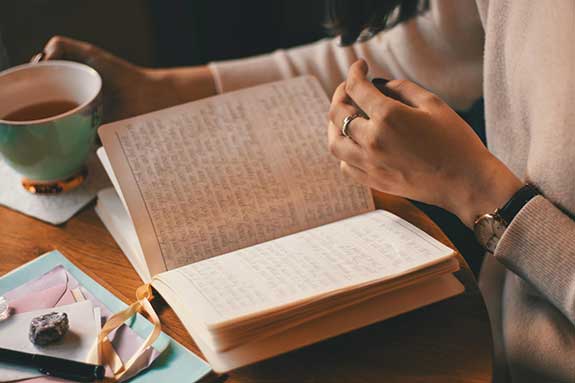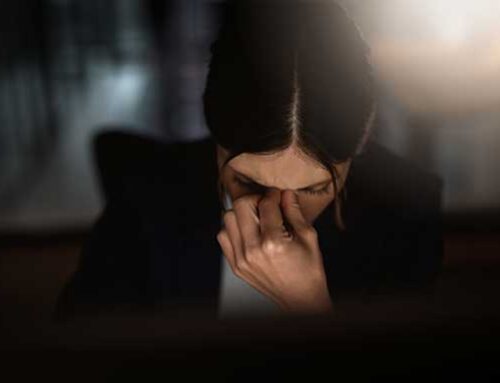The Healing Power of Art:
How Creating Art Can Boost Your Health
By Judi Moreo, USA

In today’s fast-paced world, finding effective ways to maintain and improve our health is more important than ever. While diet and exercise are often emphasized, one powerful yet sometimes overlooked avenue for enhancing well-being is the act of creating art. Engaging in artistic activities isn’t only for professional artists; it’s a therapeutic practice accessible to everyone, regardless of skill level. From reducing stress to improving physical health, creating art offers a myriad of benefits that can help us get healthy and maintain good health.
Mental Health Benefits
One of the most significant advantages of creating art is its positive impact on mental health. Artistic expression allows individuals to process emotions and experiences that might be difficult to articulate verbally. Through painting, drawing, sculpting, or any other form of art, people can explore their inner thoughts and feelings safely and constructively.
Creating art has been shown to reduce symptoms of anxiety and depression. The act of focusing on a creative project can serve as a form of mindfulness, drawing attention away from negative thought patterns and towards the present moment. This immersion can lead to a state of “flow,” a psychological term describing complete absorption in an activity, which is associated with increased happiness and reduced stress levels.
Stress Reduction and Emotional Well-being
Stress is a common factor that negatively impacts overall health, contributing to issues like high blood pressure, weakened immune function, and mental health disorders. Engaging in art provides a natural outlet for stress relief. The repetitive motions of sketching or the soothing experience of molding clay can induce relaxation responses in the body, lowering cortisol levels—the hormone associated with stress.
Moreover, creating art can boost self-esteem and confidence. Completing an art project gives a sense of accomplishment, which can be particularly empowering for those who struggle with self-worth. This enhanced self-perception can lead to better decision-making and healthier lifestyle choices, further contributing to overall well-being.
Cognitive Benefits
Art is emotionally beneficial and it also sharpens the mind. Engaging in creative activities stimulates brain function by promoting the development of new neural pathways. This increased brain activity can improve cognitive functions such as problem-solving skills, memory retention, and critical thinking.
For older adults, creating art can be particularly beneficial in maintaining cognitive health. Activities like painting or sculpting require fine motor skills and coordination, which can help delay the onset of age-related cognitive decline. Studies have shown that seniors who engage in artistic activities have a lower risk of developing dementia and other neurological disorders.
Physical Health Advantages
While art is often associated with mental and emotional benefits, it also offers physical health advantages. Engaging in artistic activities can improve fine motor skills and hand-eye coordination. For individuals recovering from injuries or suffering from conditions like arthritis, art therapy can serve as a gentle form of physical rehabilitation.
Additionally, the stress-reducing effects of creating art have indirect physical benefits. Lower stress levels contribute to better sleep, improved digestion, and a stronger immune system. By managing stress through creative expression, individuals can mitigate the physical symptoms associated with chronic stress.

Social Connection and Community Building
Art can also be a social activity that fosters connection and community. Participating in group art classes or workshops provides opportunities to meet like-minded individuals, reducing feelings of isolation and loneliness. These social interactions are vital for mental health and can lead to supportive relationships that encourage healthy habits.
Furthermore, collaborative art projects can teach valuable interpersonal skills such as communication, teamwork, and empathy. These skills are essential for building strong social networks, which are linked to longer life expectancy and better health outcomes.
Practical Ways to Incorporate Art into Your Life
Incorporating art into your daily routine doesn’t require a significant time commitment or expensive materials. Here are some practical ways to get started:
- Start a Sketchbook: Dedicate a notebook for doodling or sketching. Spend a few minutes each day drawing whatever comes to mind.
- Join a Class: Enroll in a local art class or workshop to learn new techniques and meet others.
- Digital Art: Use digital platforms or apps designed for creating art if you prefer technology-based activities.
- Art Journaling: Combine writing and art to express your thoughts and feelings creatively.
- Community Projects: Participate in community art projects or volunteer for organizations that use art for social causes.
Creating art is a multifaceted tool that offers extensive benefits for both mental and physical health. It’s a form of self-care that promotes emotional well-being, enhances cognitive function, and fosters social connections. By making art a regular part of your life, you can tap into a powerful resource for getting healthy and maintaining good health. Whether you’re painting a landscape, sculpting a figure, or simply doodling in a notebook, the act of creation is a step towards a healthier, happier you.

Photo by Alina Vilchenko
This article originally appeared in the Autumn 2024 issue of CHOICES Magazine






Leave A Comment